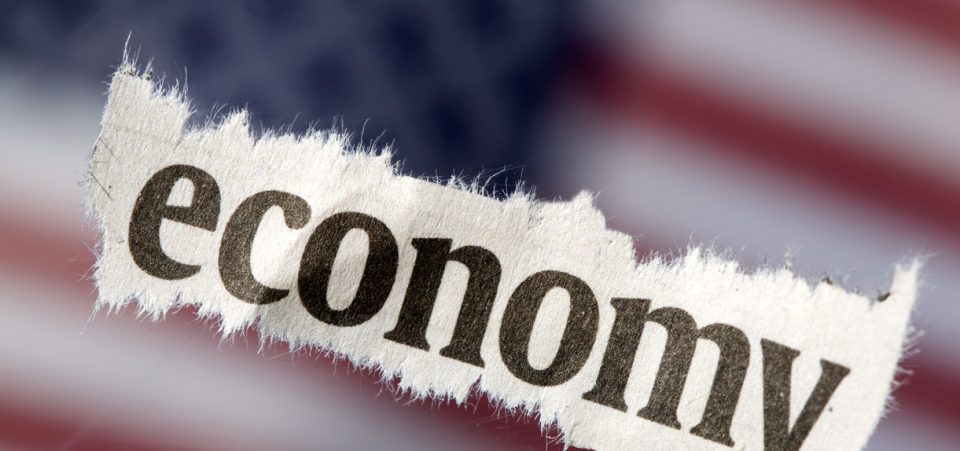Slowdown Could Be Ahead for the U.S. Economy
On a daily basis, we are told that there’s growth in the U.S. economy and that it’s only going to get better from here. Is this really the case? In one word: No.
Understand that we get economic growth when Americans feel better about their finances. They have savings, their salaries are going higher, their debt payments are declining, and so on and so forth.
If the economy doesn’t have any of this, you can’t really call it growth.
Stagnant Income Growth
Let’s look at income first.
In times of economic growth, you would expect income to go higher. See the chart below, however. It shows the average hourly income of employees in the United States.

(Source: “Average Hourly Earnings of All Employees: Total Private,” Federal Reserve Bank of St. Louis, last accessed June 11, 2018.)
At first glance, this hourly wage chart looks great. But it’s important to look at it closely.
Wages have been getting stagnant over the past year. In May 2018, the average hourly wage was $26.92. In May 2017, it was $26.21.
So, over the period of one year, hourly wages increased by just $0.71, or 2.71%.
That’s $71.00 for every 100 hours worked. Subtract taxes and other things from it, and one could be left with just around $50.00. Mind you, official inflation is running above two percent. So, in real terms, incomes are not growing.
Americans’ Saving Rate Collapsed Over 50%
Savings of Americans are tumbling. This figure alone puts cold water on the theory that says there’s economic growth in the United States.
Look at another chart; it shows the U.S. personal saving rate.

(Source: “Personal Saving Rate,” Federal Reserve Bank of St. Louis, last accessed June 11, 2018.)
As it stands, Americans are saving just 2.8% of their disposable income. In 2015, they were saving over six percent. That’s a collapse of over 50% in their saving rate in just a few years. Scary.
Since higher savings could result in higher consumption, it’s very doubtful that we will see an increase in consumption in the coming months and quarters. Keep in mind that consumer spending makes up a huge portion of the U.S. gross domestic product (GDP).
Americans Pay More for Consumer Debt
Lastly, look at the following chart of payments for consumer debt in the United States. This includes payments for things like credit cards, car loans, and other types of loans.

(Source: “Consumer Debt Service Payments as a Percent of Disposable Personal Income,” Federal Reserve Bank of St. Louis, last accessed June 11, 2018.)
As Americans’ savings have collapsed, their debt service payments have been increasing. Their consumer debt payments as a percentage of disposable income stands at their highest level since the Great Recession.
Not good at all.
Stagnant U.S. Economy — Now What’s Next?
On a daily basis, someone in the mainstream media tells us something along the lines of “everything is fine in the U.S., and economic growth is fully intact.”
Dear reader, I continue to ask one thing: “If this is the best we get, what is going to happen in the case there’s a slowdown in the U.S. economy?”
I believe we had some growth between 2010 and 2015. But that’s not the case anymore.
Since the beginning of 2015, the economic data suggests that the U.S. economy is starting to become stagnant. It’s not just the above charts saying this. Look at other data sets as well, and you will see the same sort of developments.
An economic slowdown could be more likely ahead than economic growth.






